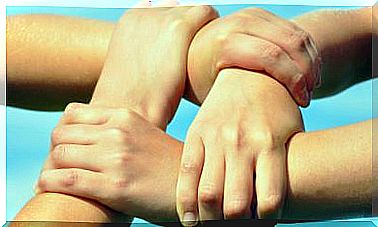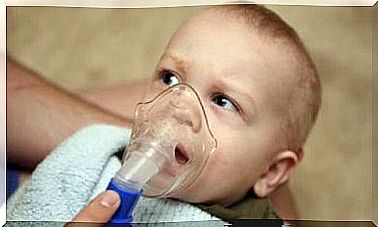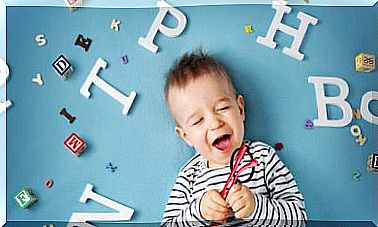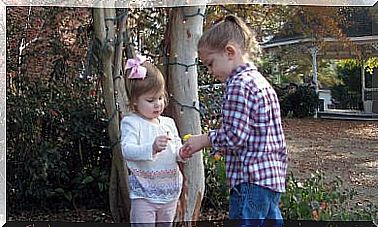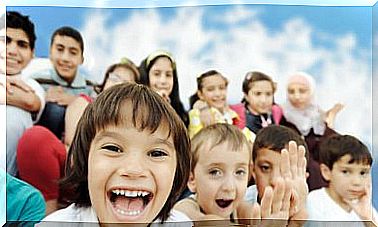Tools To Treat Childhood Allergies

It is important to learn to treat childhood allergies in order to prevent them, this will help preserve the health of our children. In this article we show you what allergies are, what causes them and how to eradicate them with some tools.
Child allergies are hypersensitive reactions to a particle or substance that has entered the child’s body, which their immune system does not tolerate, producing a series of specific symptoms and complications.
Some specialists affirm that most allergies arise and develop in the early stages of our children’s infancy, as a result of diet or environmental factors. One way to prevent its appearance is to have good habits in the feeding and hygiene of our little one.
Some of the symptoms that we will observe in our child due to an allergy are:
- difficulty breathing
- burning
- conjunctivitis
- swelling in the face or throat
- runny nose
- itching in the nose or elsewhere on the body
- burning sensation
- tearing, redness
- asthma.
How to identify childhood allergies?
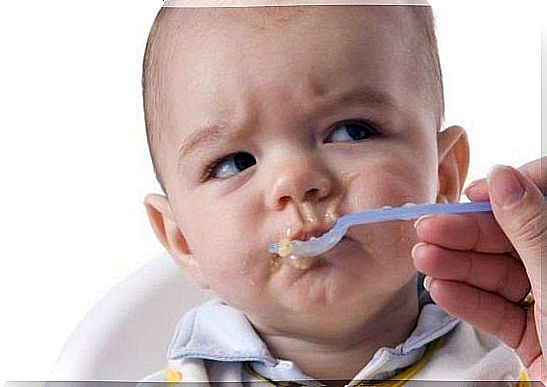
Regarding the diet of our child, certain foods can trigger allergic reactions, however, by recognizing their symptoms we can detect them and act in time. For this reason we present the main foods that cause childhood allergies:
- Milk. It can be one of the main causes of childhood allergy, since some children can be intolerant to some milk proteins, presenting symptoms such as: diarrhea, vomiting or rashes on their skin.
- The eggs. They can produce some allergic reactions in our child and we can detect them if, after our child ingests the food, he has breathing difficulties and / or complications in his skin.
- Gluten. This food is present in almost all foods rich in nutrients, such as: wheat, barley, oats, cereals and among others, but some children are intolerant to these foods, presenting symptoms such as diarrhea and stomach bloating.
Other factors of childhood allergies are related to the environment are:
- The dust. It is the main cause of many allergic reactions in our little ones because they facilitate the spread of dust mites to many places where our child interacts, the main symptoms are asthma, swollen nose, rash, itching and chronic rhinitis.
- The pollen. Although it is not very common since it is found mainly in the garden or in specific places, it produces in some children alterations of their respiratory system, such as: sneezing, redness in the eyes and other parts of the body, itching.
- Pet hair. Some pets at home can trigger symptoms such as: sneezing, a swollen nose, and dermatitis.
Prevention and treatment for childhood allergies

If our little one has any of the symptoms described above, it is best to take him to the pediatrician to inform us about the most appropriate treatment to counteract these allergic reactions.
However, taking some precautions at home we can avoid some childhood allergies and one way to do it is by taking into account a series of aspects:
- Wash our little one’s clothes and bed sheets with hot water, as it helps reduce the amount of dust mites.
- Clean the home frequently, dusting the objects and disinfecting all the spaces where our son frequents the most.
- Keep pets out of our little one’s room, to prevent hairs and mites from causing allergic reactions in them.
- Get rid of all the old objects that may be accumulating the mites, such as curtains, cushions, sheets, and among others.
- Teach our little one to recognize the foods that can trigger allergic reactions.
- Wash all food carefully before cooking, and it is still very important to be aware that when serving your food is cooked enough to avoid complications.
Ask the pediatrician for help regarding the foods that our little one cannot eat and request that they inform us about which foods can replace the food that triggers the allergy so that they can continue to eat the necessary nutrients and have a healthy and happy life.
Avoiding the foods and substances that cause childhood allergies in our little one can be the main treatment to prevent them, so the education of parents to identify the symptoms and the substances that generate them is also important for their prevention.
